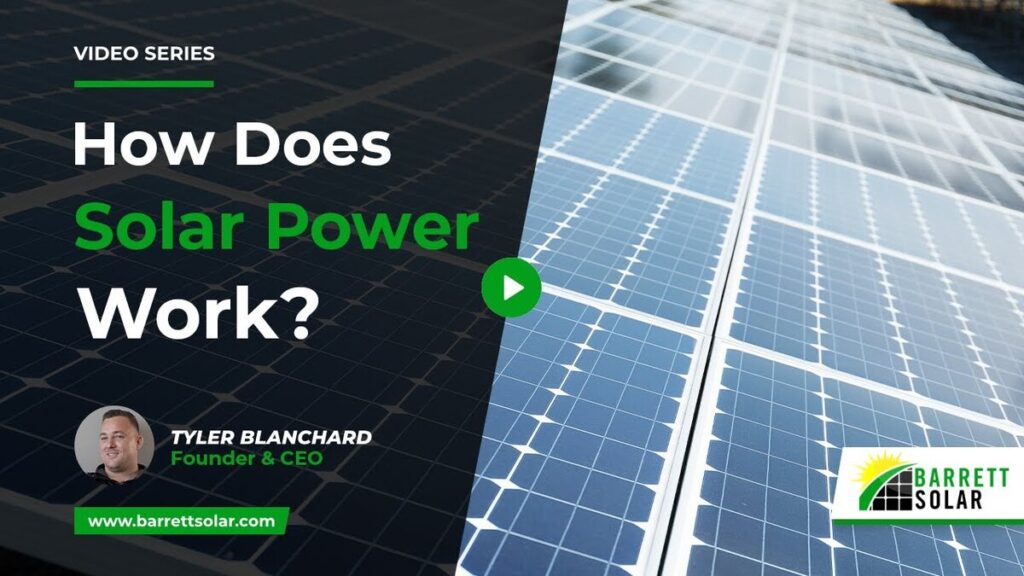One of the greatest energy production revolutions has been the development of solar power, but despite its popularity, there are countless people who still wonder how the technology itself works. This is understandable since the panels are one of the closest things we have to free power, you make sure they get sun exposure and they make sure you have power flowing where you need it.
As we mentioned, however, many people are still unsure of how the process of solar power generation actually works, on a practical level. We’re going to dig into just what makes solar power work, like how the panels themselves actually generate power, and why we need other components to help process that power into a usable state. Here’s what you need to know about how solar power works.
How Exactly Does Solar Power Work?
Panels Absorb Sunlight
The panels work on their most rudimentary level after being placed in the sun, by being black and absorbing as much of the solar energy as possible to fuel the photovoltaic effect or solar power process. The sunlight passes through a layer of clear polycarbonate coating and comes into contact with the solar cell itself.
Photovoltaic Cells Create DC Power
Each panel is a group of individual cells, and each cell is created by sandwiching two thin slices of semiconductor together, often layers of silicon. This causes the photons of sunlight, which are the basest particles of light, to collide with electrons of atoms of the cell material. Since the two thin materials are given opposite charges, often being dosed with phosphorus and boron, this causes the solar cells to create a magnetic field. This, in conjunction with the action of solar energy, creates an electric charge that is then picked up by the conductive plates on each cell wall.
The Inverter Creates Usable AC Power
Once the conductive plates on the cell walls have absorbed the charge and sent it onward, that charge needs to be changed into an easily usable form. While the power that comes from a solar panel is technically usable, it’s just created as direct current, not the more widely-used alternating current.
In the case of solar power, the charges from all panels are usually combined with a charge controller to unify and smooth out the voltage, which is then fed to an inverter, which inverts the polarity of the DC power to create AC power. Once the power is in AC form, it can be used by just about anything that needs to be plugged in.
Some newer technologies, such as the Enphase system, integrate many of the components into the actual panel itself. Each panel even contains an individual micro inverter, so that the current generated by the panel array is immediately usable by the homeowner. It can either be used or stored in a battery bank.
Our Software Figures Out The Optimal Layout
Barrett Solar uses a special software suite called Aurora to figure out the optimal layout and configuration for your system. This way, we can rely on hard data provided by satellite imaging of solar exposure throughout the year and can give you the best possible solar collection.
Barrett Takes The Mystery Out Of Solar Power
No matter what stage you’re at in the journey to solar power, we want to hear what your home’s power needs are so that Barrett Solar can help you meet those needs as your local solar expert.
